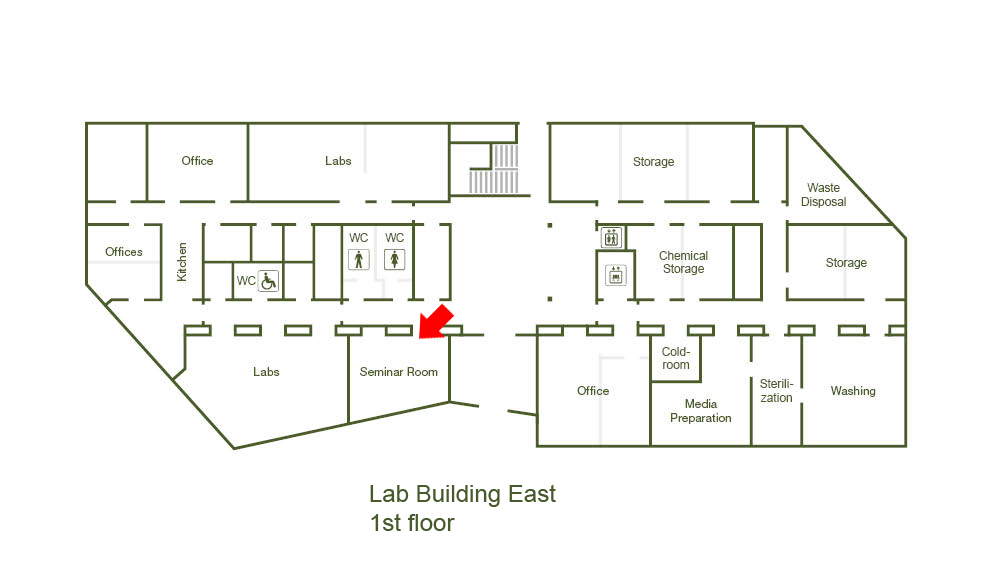Single cell transcriptomics of neural crest and dorsal neural tube reveals mechanisms of fate acquisition
Date:
Tuesday, April 24, 2018 13:00 - 14:00
Speaker:
Igor Adameyko (Center for Brain Research, Med Uni of Vienna)
Location:
Seminar Room, Lab Building East
Series:
Life Sciences Seminar
Host:
Ani Kicheva
Contact:
KICHEVA Anna

Lately, single cell transcriptomics methods bloomed and enabled a new approach to classify the cell types as well as to analyze developmental transitions. We took advantage of single cell transcriptomics to resolve neural crest heterogeneity and fate choice mechanisms. The results of our analysis showed that fate switches operate as sequential bifurcations of choices, and that prior to the fate selection, fate-specific gene clusters are heterogeneously activated in the early delaminating and migrating neural crest populations. Indeed, neural crest cells show the existence of active and passive differentiation-related biases operating at the gene expression level.Neural crest cells are transient embryonic progenitors that are often called 4th germ layer since they give rise to a large number of differentiated cell types in the body. Thus, neural crest is a perfect model system to address the molecular mechanisms of a fate selection in case of several fate options. Cranial and trunk neural crest cells are different in terms of their competence: only cranial crest gives rise to ectomesenchymal fates that include cartilage and bone. We took advantage of a single cell transcriptomics (SCT) approach to address fate selection in the neural crest. For this we developed a new tool for multiple differentiation trajectory analysis to investigate the positons of fate splits and molecular mechanics behind fate choice. The results of our analysis showed that fate switches operate as sequential bifurcations of choices, and that prior to the fate selection, fate-specific gene clusters are heterogeneously activated in the early delaminating and migrating neural crest populations. These early fate-specific genes represent weak biases that still may assist eventual fate restrictions. Major biases differ between trunk and cranial crest: sensory neurogenesis bias dominates trunk crest while strong mesenchymal bias is present in the cranial crest. Finally, we provide a unique gene expression signatures and gene regulatory network transitions for every neural crest subpopulation along the developmental timeline and spatial distribution.